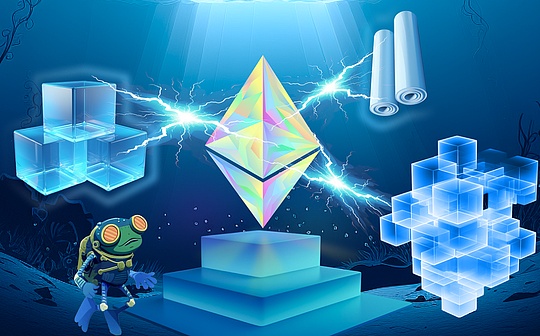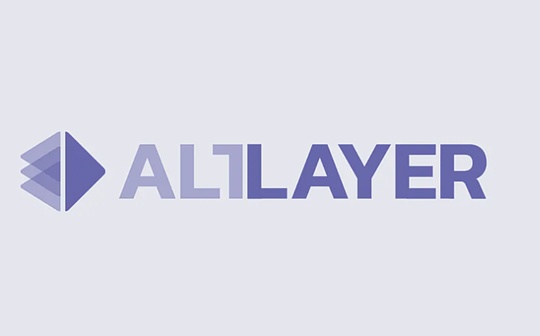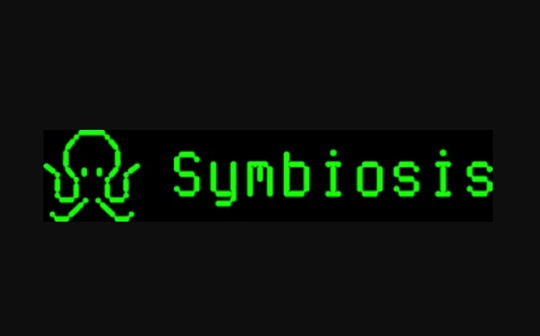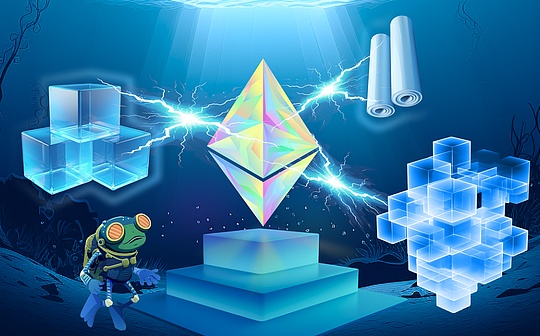Understand the four major re-pledge agreements, who is the final winner?

Reprinted from jinse
01/02/2025·3MAuthor: David C, Bankless; Compiler: Baishui, Golden Finance
EigenLayer's recent EIGEN "stake drop" wasn't the ecstatic moment for the industry that many were expecting.
While some novel design features earned praise, the overall sentiment seemed to be leaning toward the negative. EIGEN's initial non-transferability, VC- centric token distribution, and lack of direct rewards for the key DeFi protocols that drove heavy participation in EigenLayer left many feeling marginalized.
While alternative restaking protocols have been in development for some time, this mixed reaction to the EigenLayer token drop has shifted some interest to other players, competitors on Ethereum, and those blazing a trail on other networks. on the agreement.
Projects like BounceBit, Symbiotic, Solayer, and Karak Network are some of the more notable examples of popular protocols that have taken their own approach to re-staking, whether by diversifying the assets that can be deposited or the ecosystems they come from.
In this article, we will explore the key features of these new protocols to determine what they can bring to the rehypothecation market.
Karak Network

Karak is a universal re-hypothecation layer that is already compatible with a variety of assets, including stablecoins such as LST, USDe and sDAI, as well as Pendle PT positions.
Backed by funds such as Coinbase Ventures, Pantera Capital and DCG, Karak supports assets on multiple chains such as Mantle and Arbitrum, expanding the market share from which it can attract capital. Additionally, Karak's approach leverages two additional mechanisms to stand out:
-
Universal Security: By standardizing capital requirements, Karak makes it easier for new protocols to use a secure network of trust through its protocol from the start. This common approach simplifies the developer onboarding process while also enhancing network intercompatibility.
-
Validator Marketplace: Karak creates a marketplace where developers can incentivize validators to use re-staking assets to secure their services. This eliminates their need to create new, high-inflation tokens, making rewards more consistent while reducing costs, making Karak more efficient and scalable.

While Karak is still nowhere near the size of EigenLayer, it has grown nearly 4x over the past month, whether due to disappointment over EigenLayer's decline or the market simply looking for more returns.
Regardless, Karak’s broad asset support (it even already supports DeFi positions) makes it stand out from EigenLayer. Whether it can overcome the capital moat EigenLayer has established is another question entirely.
Symbiotic
Symbiotic, funded by Lido co-founder and venture capital firm Paradigm, aims to compete directly with EigenLayer by allowing any ERC-20 token to be staking on Ethereum.
Not much is currently known about Symbiotic, other than that the protocol will accept any ERC-20 token, which greatly expands the total addressable market for restaking and enhances its potential for widespread integration in DeFi.
It doesn't stop with ERC-20, though. Symbiotic said it will also accept other forms of collateral, including on-chain assets such as ETH validator withdrawal certificates and LP positions, regardless of which blockchain they are on. In other words, re-pledge your PEPE/MOG Uni V3 position.
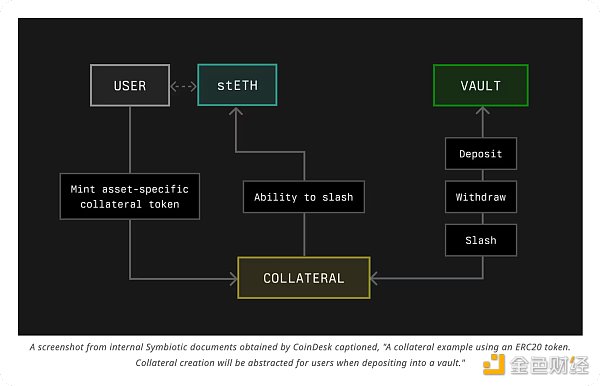
A key competitive advantage for Symbiotic may come from its alignment with Lido's founders. Recently, Lido announced their Lido Alliance framework, which focuses on finding ways to make stETH a re-staking hub. Given Lido’s position as Ethereum’s leading protocol, stETH’s primary position as a core DeFi component, and the founders’ investment in Symbiotic, this could provide a solid foundation for the project’s launch and integration.
Symbiotic, which will reportedly launch by the end of the year, has the potential to accept a variety of ERC-20 tokens and other forms of collateral, which could make it a formidable competitor to EigenLayer.
Solayer
Recently soft-launched Solana re-staking provider Solayer intends to bring an application chain network to the popular L1 to expand economic security and execution capabilities.
We are already starting to see some early development of Solana L2; Solayer can extend this need, leveraging Solana's architecture to provide application developers with a higher degree of consensus and block space customization.
From a supply side, Solayer is definitely in demand, with deposits of SOL and LST reaching the $20 million limit within 45 minutes. While Solayer may have had a strong (soft) launch, the game is certainly not over yet. It's competing with Cambrian, Picasso and potentially Jito, which has long been rumored to be building a restaking game. Given Jito's position in the ecosystem, Solayer may have its work cut out for it.
BounceBit
BounceBit brings re-staking capabilities to Bitcoin, allowing BTC holders to earn while expanding opportunities for new applications on the network.
The protocol works by allowing users to deposit Bitcoin from various networks (native Bitcoin, BTCB on BNBChain, and WBTC) into regulated custody on Mainnet Digital and Ceffu, where two things happen.
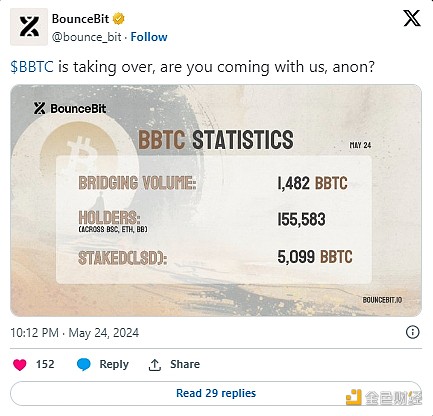
-
Regulated custody of Bitcoins is locked, allowing users to mint the equivalent mirror token BBTC on the BounceBit chain, delegate it to a node operator, and receive stBBTC as a voucher. This stBBTC can then be re-staking to Shared Security Clients (SSC) — BounceBit’s AVS — such as bridges, oracles, and sidechains to earn more staking rewards or use for DeFi yields.
-
Meanwhile, the original Bitcoins in custody continue to earn through arbitrage, providing ongoing income.
Because BounceBit is also EVM compatible, it can bring existing DeFi liquidity into the Bitcoin ecosystem, helping to accelerate the adoption of DeFi applications in the network and expand their use cases and utility.
In summary, BounceBit’s approach allows Bitcoin holders to maximize their earning potential through regulated arbitrage and re-hypothecation opportunities, while leveraging this capital security to expand the possibilities that are possible on Bitcoin.
Who is the winner?
The recent uproar over EigenLayer’s EIGEN token dump opened the door for competing restaking protocols to come on board and attract interest from dissatisfied users.
BounceBit, Symbiotic, Solayer, and Karak all bring new perspectives to the market, expanding and enhancing the overall rehyping landscape.
Regardless of which projects gain early traction in their respective cyberspaces, one thing is for sure – EigenLayer has set some pretty big expectations for the rehyping landscape, with potential rewards that many investors and builders are eager to reap.

